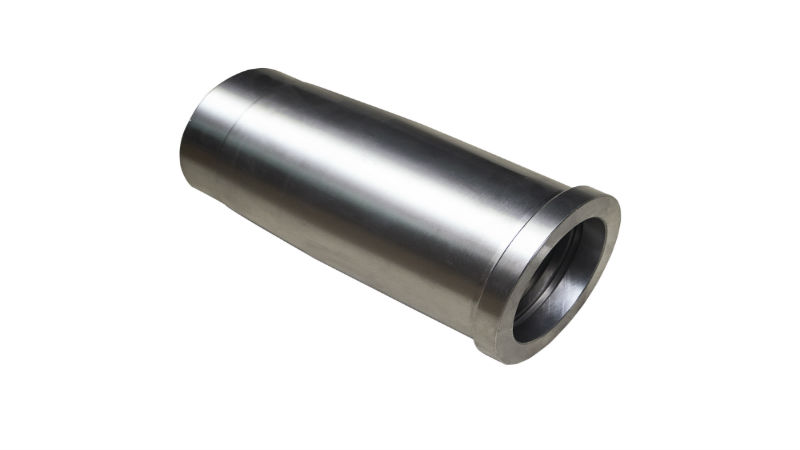In the same way there is an appeal for vintage cars, those who have a strong appreciation for the uniqueness of antique tractors do so based on the history of these machines. For antique tractor enthusiasts, there is a strong interest in the mid-20th century classic tractor – once a standard and mass-produced. These tractors were found on farms all across the nation. Finding antique tractor parts for these machines is a particularly enjoyable pursuit for dedicated enthusiasts.
Steam powered antique tractors as well as others powered through internal combustion engines have increased in popularity over time. A number of enthusiasts dedicate their time and restoration abilities to these old farm tractors akin to the way car enthusiasts master various aspects of antique cars. You will find these tractors displayed commonly at showcasing events around the nation.
Farm Tractors – Then and Now
In the late 19th century, the steam engine was the power source for farm tractors throughout the U.S. early steam tractors pulled plows and threshing machines and were able to connect to the thresher through belts powering these units. They were essentially steam powered locomotives without the rails. As very heavy machines, they consisted of Dan and boiler and big metal wheels traveling along soft ground, making their gate appear cumbersome. Antique tractor parts are used to keep these old tractors running even today.
Companies that were attempting to manufacture gasoline powered tractors took great notice of the introduction of the internal combustion engine. In 1892, John Froelich introduced arguably the first successful gas powered tractor. John Deere who was a successful plow designer, bought Froelick’s Waterloo Gasoline Trashing Engine Company for the purpose of securing a dependable internal combustion engine.
Harvesting Machines
Farms have always been the place for the tractor. The harvester or reaper was designed to cut wheat like a sickle and was introduced in 1831 by Cyrus McCormick. It was pulled along by horse. A binder was created later on it would gather the stalks into bundles or sheaves.
The process of separating stalks and husk from the grain is carried out by a threshing machine the threshing reaping process was performed by the combine harvester upon its invention. The early combines were often pulled by more than 24 horses. Later they were pulled by steam and gasoline tractors before they finally became self-propelled.
By accessing antique tractor parts, you can help ensure your antique tractor remains operational and in good condition.



